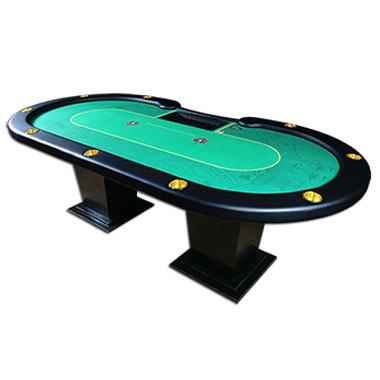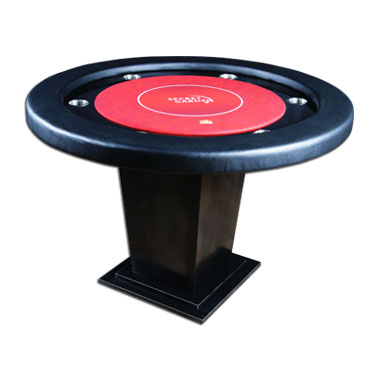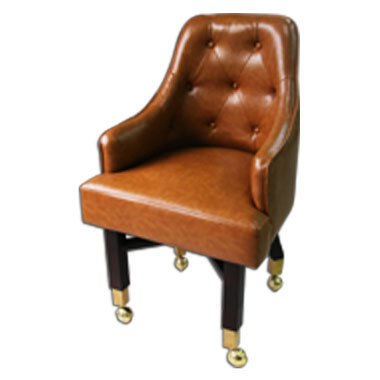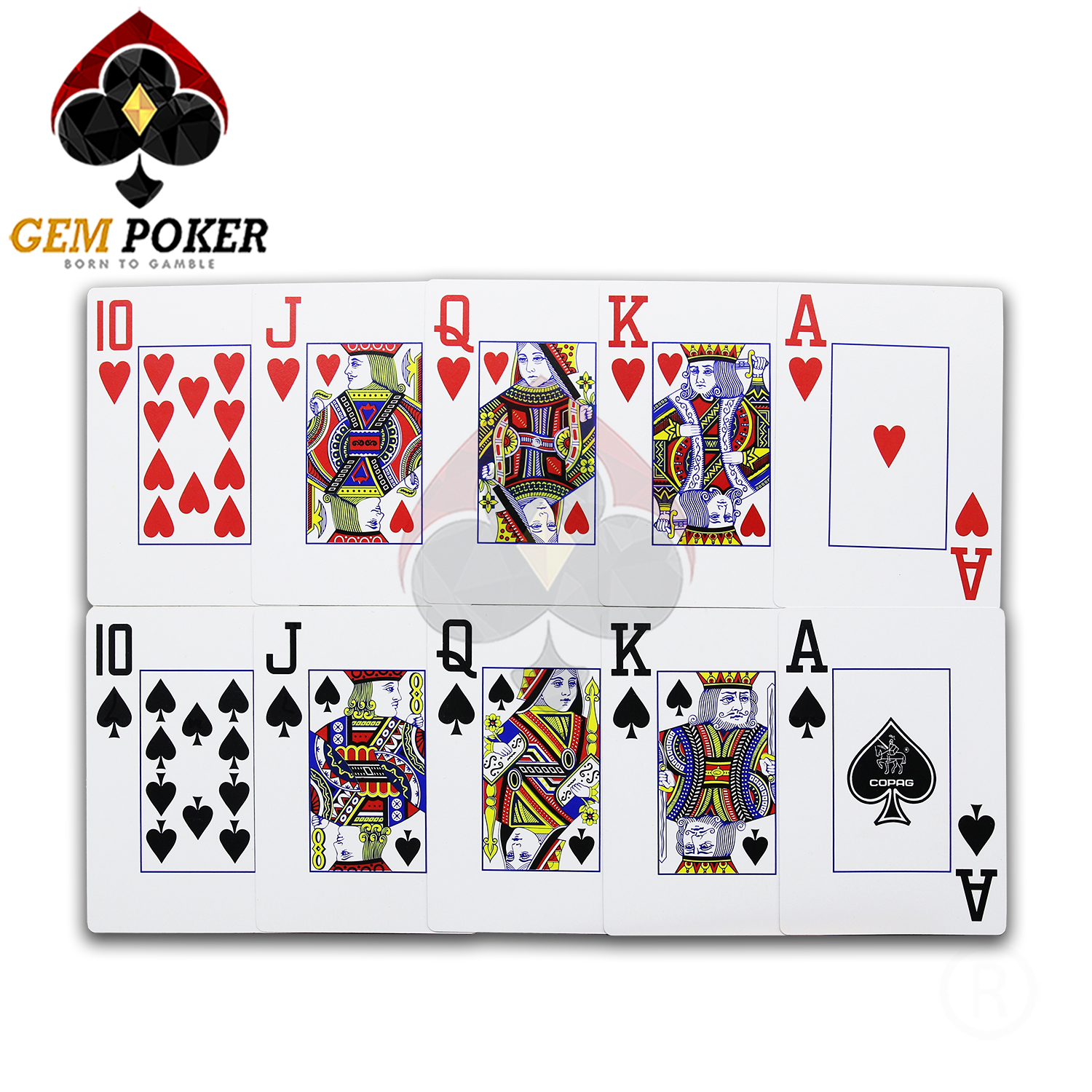More research is needed to determine how and under what drinking conditions alcohol consumption is affected by different serotonin receptor antagonists. In addition, researchers must investigate whether the effects of these drugs vary among subgroups of alcoholics (e.g., alcoholics with different drinking patterns or with co-occurring mental disorders). For example, recent evidence indicates that buspirone—an agent that binds to the 5-HT1A receptor and which is used as an anxiety-reducing (i.e., anxiolytic) medication—also increases the time of abstinence from heavy drinking (Litten et al. 1996; Pettinati 1996). These findings suggest that buspirone may help reduce anxiety in alcoholics with anxiety disorders, thereby possibly improving their compliance with therapeutic regimens. While drinking initially boosts a person’s dopamine levels, the brain adapts to the dopamine overload with continued alcohol use.
Form of gene therapy offers hope for severe alcohol addiction, study finds – The Guardian
Form of gene therapy offers hope for severe alcohol addiction, study finds.
Posted: Mon, 14 Aug 2023 07:00:00 GMT [source]
Both studies demonstrated that quetiapine was well tolerated and in the latter study, the medication not only reduced alcohol consumption and overall psychiatric symptom intensity but also significantly reduced craving. A double‐blind placebo‐controlled study by Kampman and colleagues evaluated the effect of quetiapine and found that the medication was well tolerated and clinically effective in reducing drinking [162]. The effect of medication was found to be stronger in individuals with a more severe disease phenotype. It should, however, be noted that more recent clinical trials using the extended release formulation of quetiapine [163, 164] failed to replicate the clinical findings of the previous studies.
2. Atypical dopamine D2 receptor antagonists
Indeed, intra‐NAc infusion of a dopamine D1 receptor antagonist (SCH23390 or ecopipam) decreased alcohol‐mediated behaviours in rats [141, 143]. Collectively, these data indicate that the dopamine D2 as well as D1 receptors within the NAc regulate alcohol reinforcement. These findings are further substantiated by the data showing that peripheral administration of the dopamine D2 receptor antagonist fluphenazine alcohol and dopamine decreased responding for alcohol, without affecting responses for water in rats [133]. In addition, haloperiodol dose‐dependently reduced operant self‐administration of alcohol in rats [134] as well as decreased alcohol presentations in the self‐administration model [132]. Supportively, low doses of dopamine D2 receptor antagonists inhibit the rewarding properties of other drugs of abuse in rats [135, 42, 136].
The dopamine system: a potential treatment target for alcohol dependence
These findings could explain why men are more than twice as likely as women to develop an alcohol use disorder. Activities such as eating, hugging and exercising can https://ecosoberhouse.com/article/what-difference-between-a-sober-house-and-a-halfway-house/ generate dopamine production in the brain. The brain uses billions of neurotransmitters to manage everything from our breathing to our heartbeat to our digestion.
A study has also investigated the effect of dopamine D2 receptor agonist administration into VTA on alcohol intake. This study showed that microinjection of either quinpirole or quinelorane, into the anterior part of the VTA dose‐dependently decreased alcohol, but not sucrose, intake in alcohol‐preferring rats [142]. In support are the data showing that local administration of cabergoline into the VTA reduced alcohol‐seeking behaviour in rats [170].














